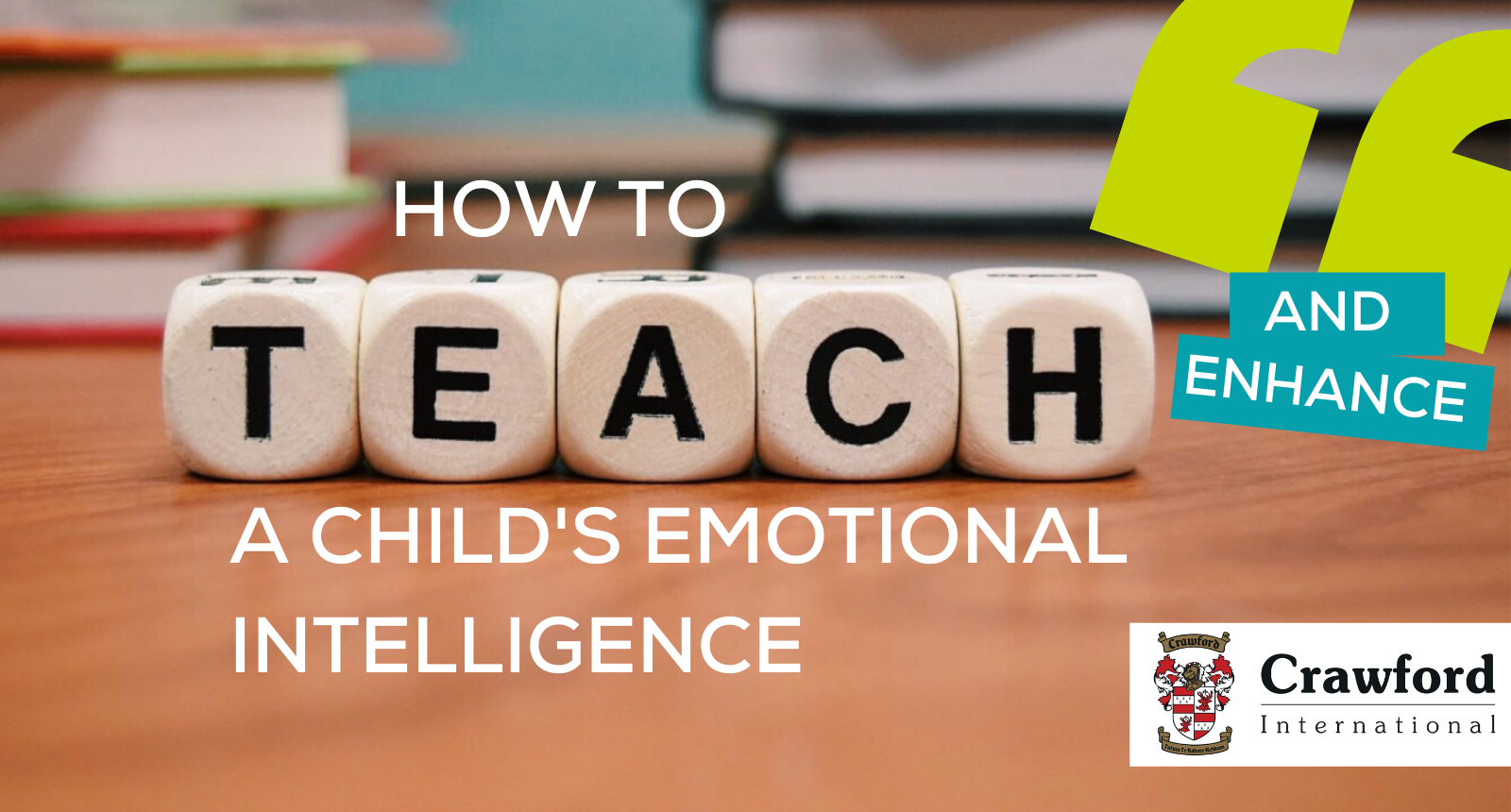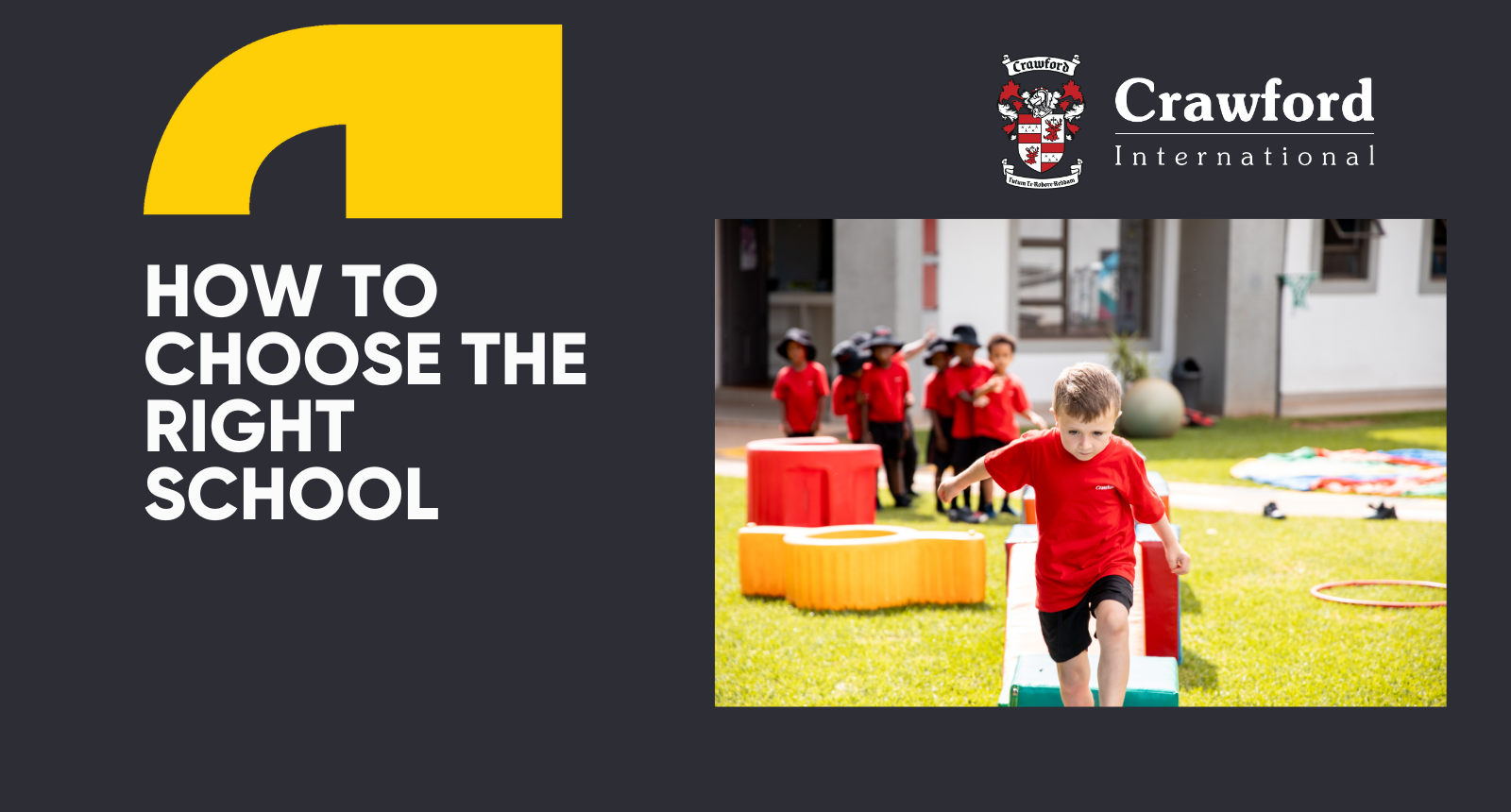How to Teach and Enhance a Child's Emotional Intelligence
ADvTECH Group • February 25, 2022
EQ 101: Teaching Your Child Emotional Intelligence

Picture this: Your young child is building a puzzle. He’s been getting it right until he runs into a bit of trouble – one piece just doesn’t fit at all. He gives up and throws the puzzle piece on the floor!
Teaching your child patience, empathy, emotional resilience, problem-solving, and healthy coping mechanisms will help your child develop emotional awareness - improving their emotional intelligence, and equipping them with lifelong skills to succeed in a world of daily challenges.
While this stress response might not seem like a big deal, it shows emotional intelligence, also known as EQ. While this type of intelligence doesn’t reflect a child’s IQ, it does reflect a person’s ability to express and manage their feelings, work through challenges and respond to situations effectively. Developing emotional intelligence also helps a child make positive connections and build healthy relationships with others.
Recent studies show that EQ is a lifelong asset – people with high emotional intelligence enjoy better relationships, as conflict is managed healthily; and they are less likely to experience depression and mental health challenges.
Luckily, all children can develop EQ, you just have to show them how it works. So, how can children's emotional intelligence be enhanced?
Learn about how Crawford International's holistic approach to education encourages students to become fully rounded individuals here.
1. Talk About Emotions
Before a child can work through any difficult feelings, they need to be able to recognise how they’re feeling. Young children can’t really separate their emotions from their selves, but helping them put a name to their feelings can help them see that how they feel doesn’t define who they are.
What’s more, accepting and talking about your child’s feelings – rather than minimising or denying them – lets them know that there is nothing shameful or unacceptable about emotions. This teaches a child that their emotional life is not dangerous and that even the “less than pleasant” parts of themselves are acceptable – they are perfectly okay to be who they are in their entirety and that emotions are manageable.
Use words to help your child express their feelings, like angry, disappointed, frustrated, shy, hurt. Be sure to highlight positive feelings too, like joy, excitement, and hope. And while it’s okay to have these feelings, screaming and throwing things are not okay.
2. Model Empathy
More often than not, you won’t really be able to do anything about your upset child – they need to get those feelings out. But you can empathise with them. This doesn’t mean that you agree with everything, but rather that you can see things from their perspective as well as your own.
Try approaching it by saying: “You seem very unhappy right now. I’m right here, tell me about it,” then breathe, listen, and try not to solve those difficult emotions for them.
When dealing with emotions, they tend to wash over us and then pass over us – when we teach our children to push their feeling away, we are teaching them to repress them, where they can build up and overwhelm us. Healthy emotional expression starts with experiencing all emotions, and tantrums are actually nature’s way of helping a child get those feelings out.
Through modelling empathy, you help your child feel safe and learn that they can trust their emotions. Over time, they develop healthy emotional processes that help them handle these feelings, rather than repressing them or throwing a tantrum.
4. Display Coping Skills and Problem-solving
Once an emotion is felt and understood, our bodies and psyches let them go. This leaves space for action, and the healthy way to act is through problem-solving.
Chat through potential solutions with your child but try not to fix things for them. For example: “You felt very lonely when your friend played with someone else. What do you think you could do if that happens again?” This lets your child know that you have confidence in their own ability to handle things and leaves them feeling empowered.
Shifting gears and finding constructive solutions takes practice, so your role in modelling problem-solving and coping skills is vital. Our children need to be shown how to express their feelings and needs without attacking others.
5. Play It Out
Give your child opportunities to work through feelings and find solutions to challenges in a safe space. Try playing things out – use toy cars or dolls to role-play difficult situations and then talk about the feelings and actions to be taken with your child. For example: “Becky is very cross with her friend, who took her toy without asking. What should she do now?”
You could also create a “quiet corner” for your child, somewhere they can go to when they’re feeling overwhelmed by life and feelings. Place a box of calming tools here – items with sensory input work well, such as textured fabrics, scented aromatherapy play dough, soft toys, bubble wrap, a stress ball or fidget spinner, liquid motion bubbler or glitter jar, even a feelings poster.
Books are also a great resource to help you talk about emotions and develop emotional intelligence.
Our children are always going to be faced with challenges – that’s a part of life. The key in helping your child develop emotional intelligence is to make it a daily habit, having ongoing conversations about their and your feelings and how to deal with them. After all, mistakes and problems are never failures, but rather opportunities to learn how to deal with things. With time and practice, your child will develop the emotional intelligence and mental resiliency to face life’s everyday stresses and succeed.
Read more parenting advice articles here.












